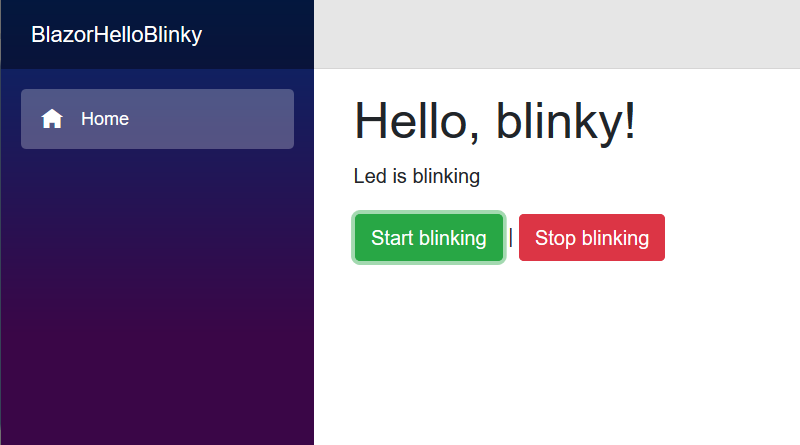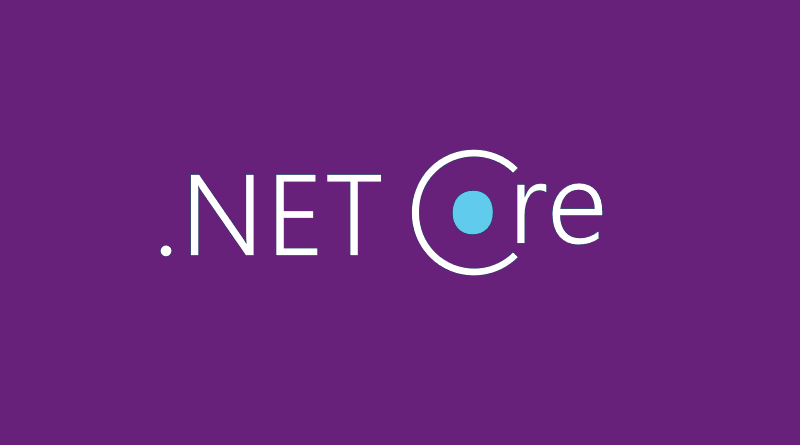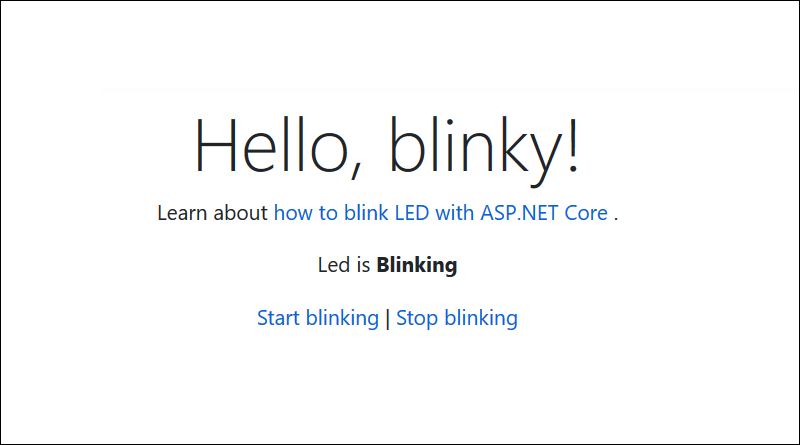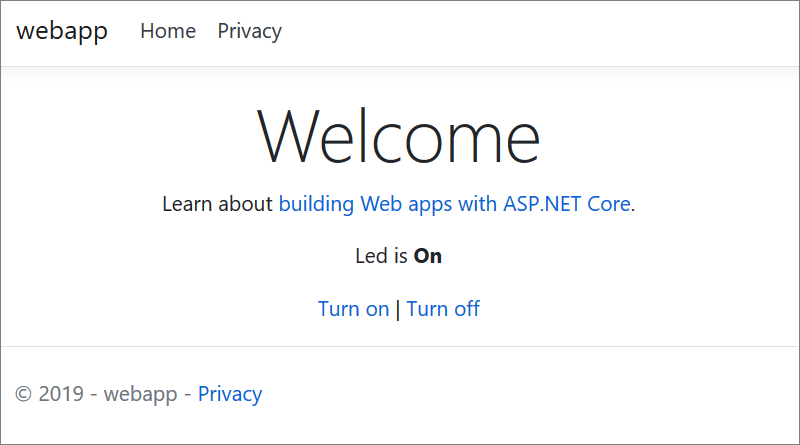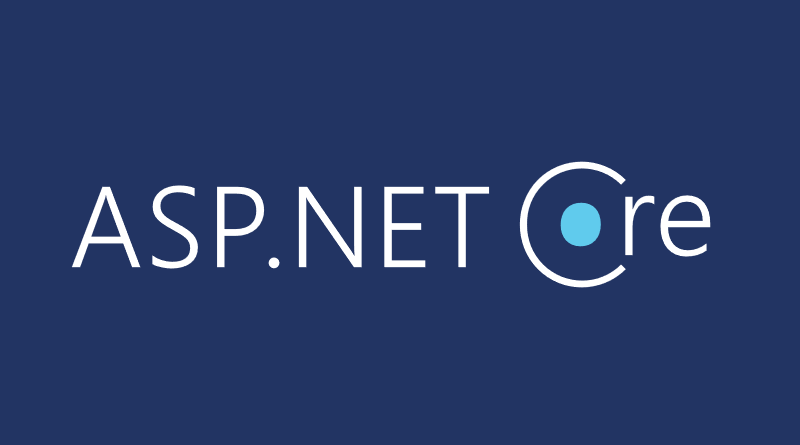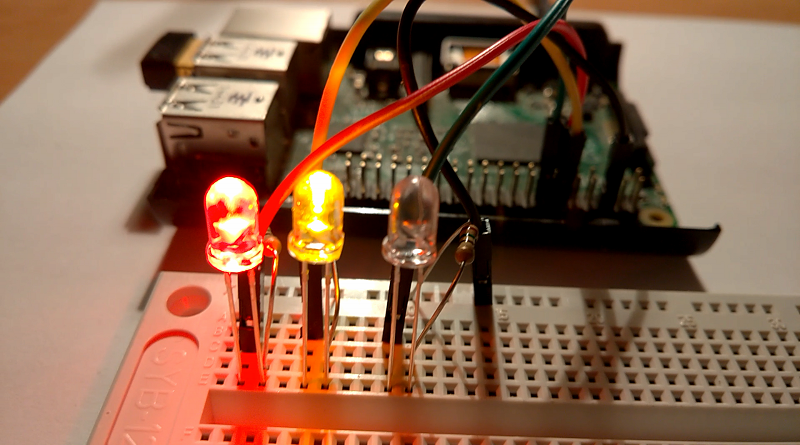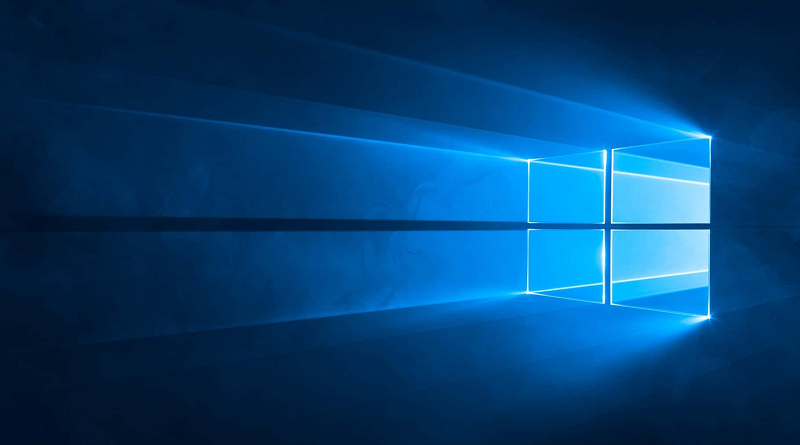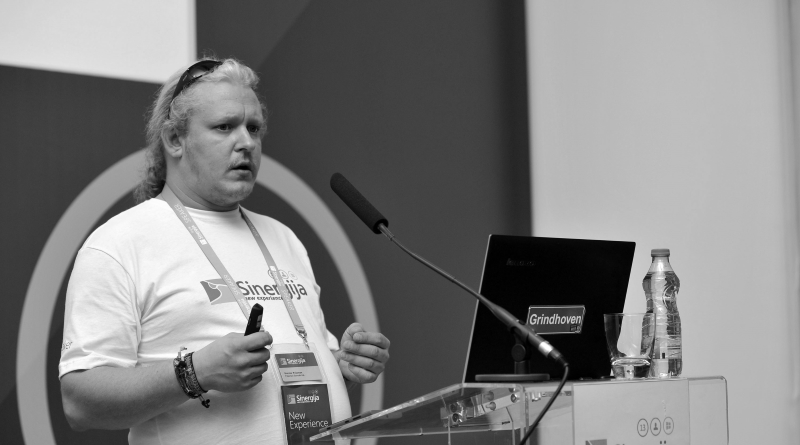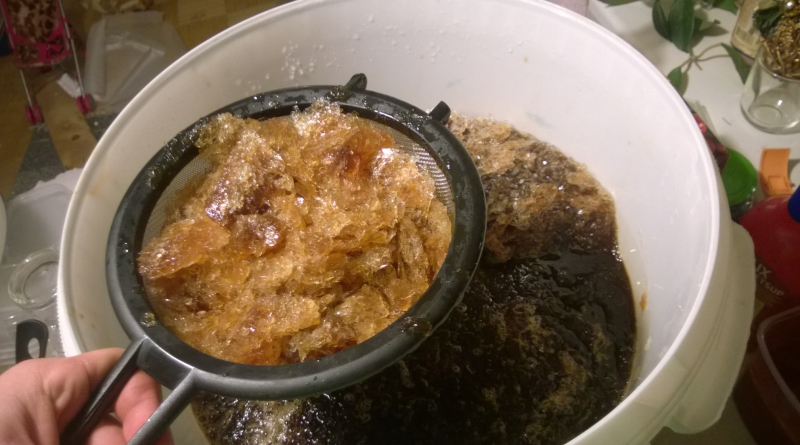Building Blazor “Hello, Blinky” IoT application
I thought first my ASP.NET Core edition of Hello, Blinky will be my last Hello, Blinky for long time. But then something reminded me of Blazor and I thought why not build Blazor edition of Hello, Blinky for Windows IoT Core and Raspberry Pi? After some hacking I made it work. Here’s my Hello, Blinky for Blazor.
Read more
